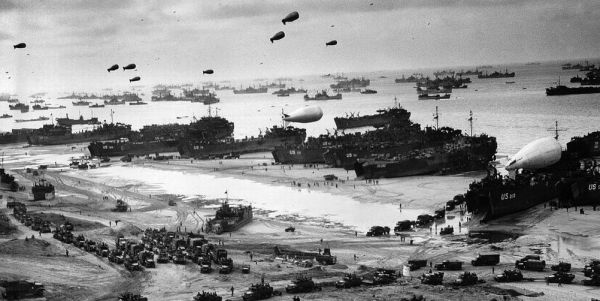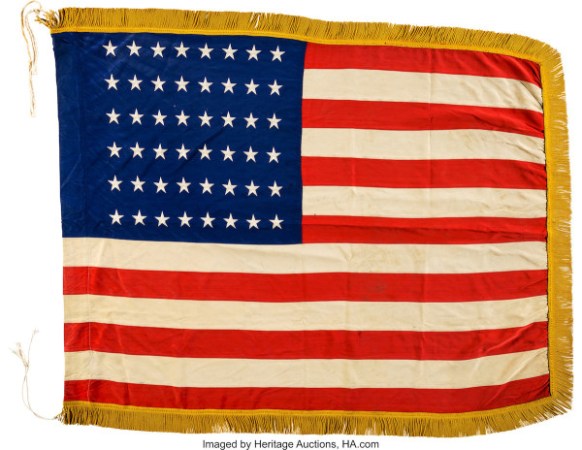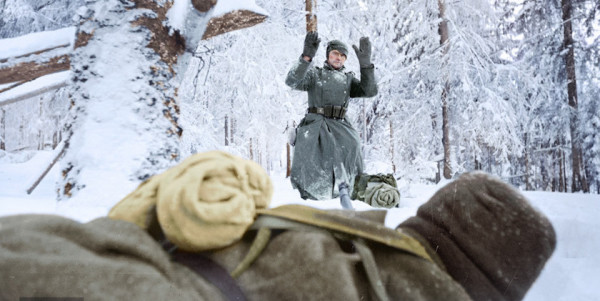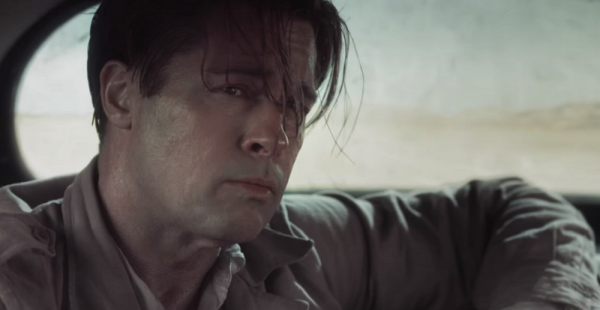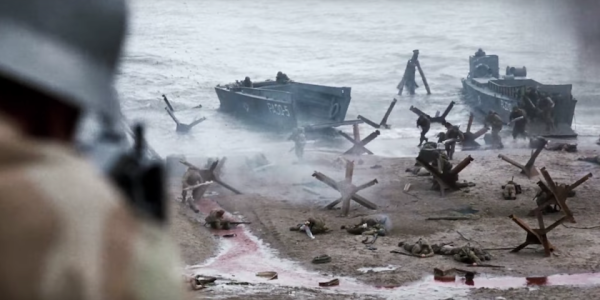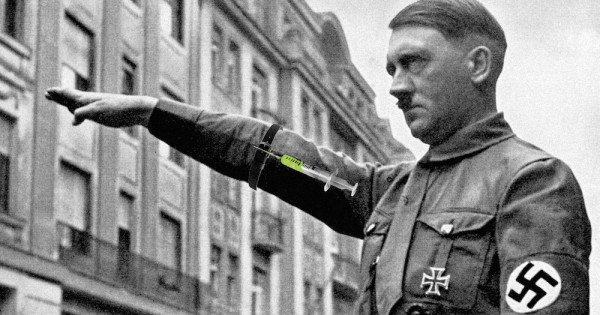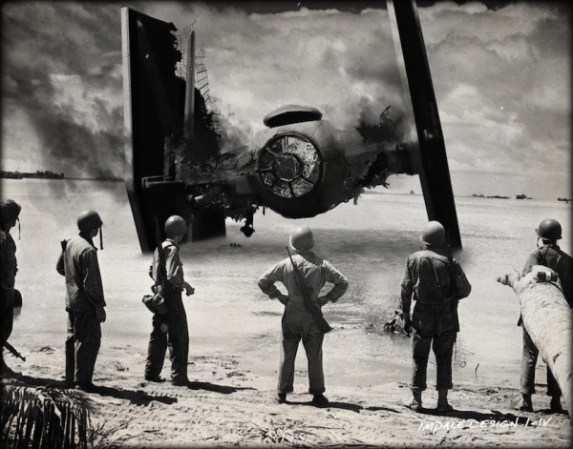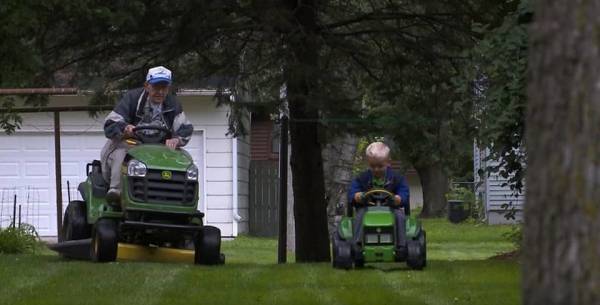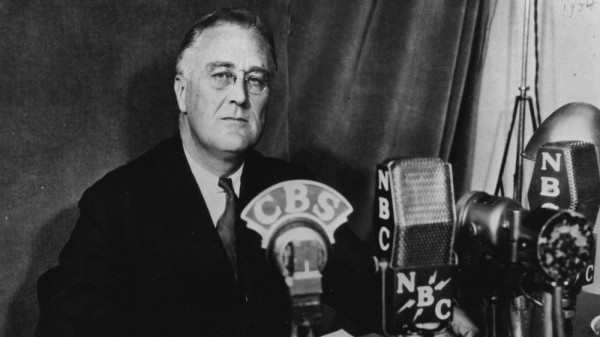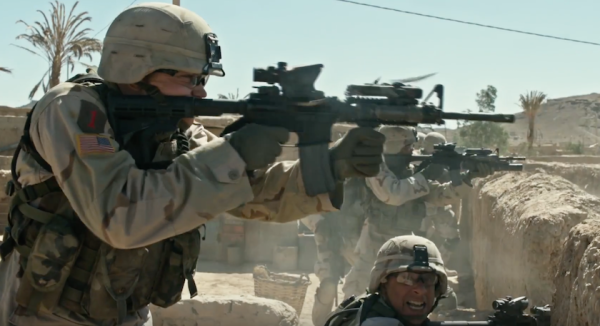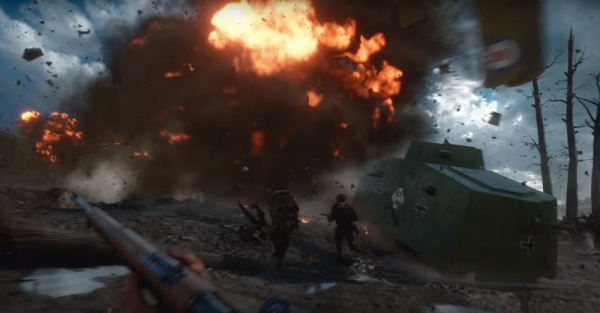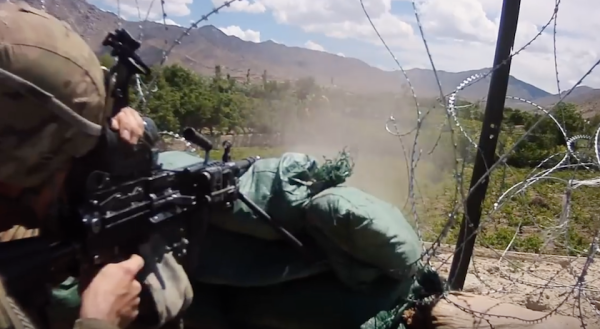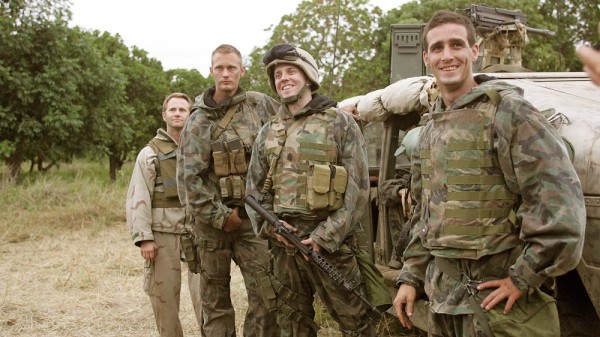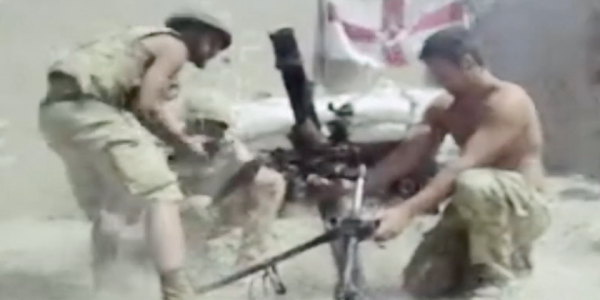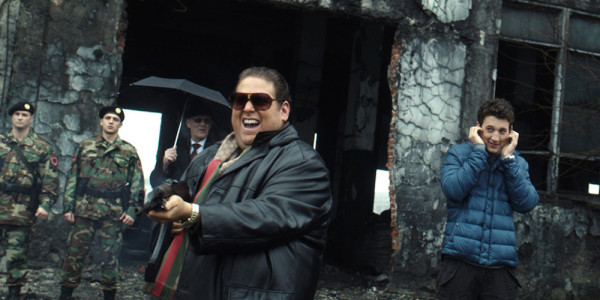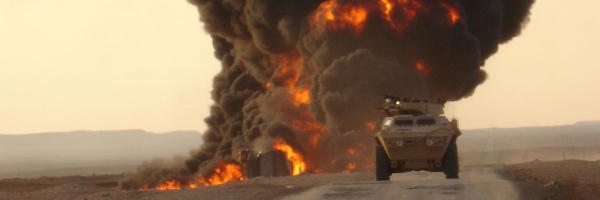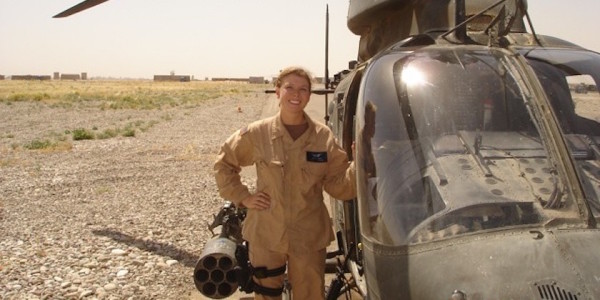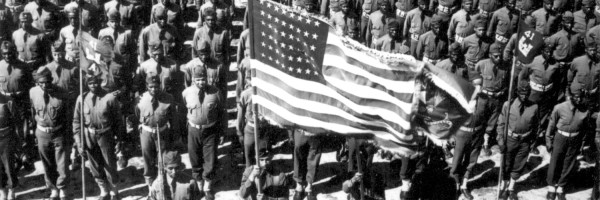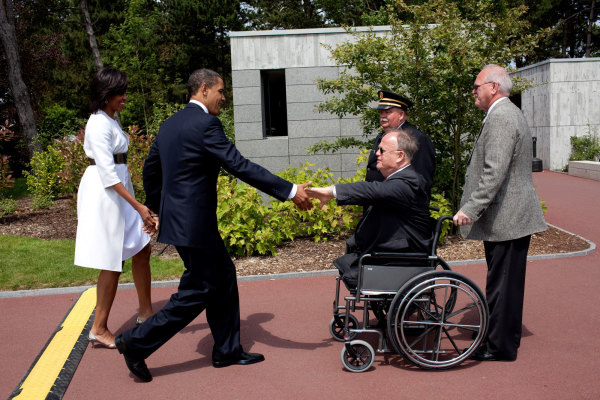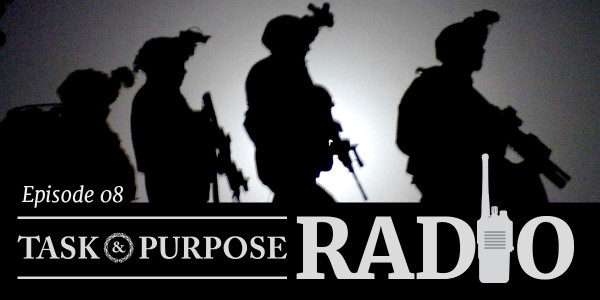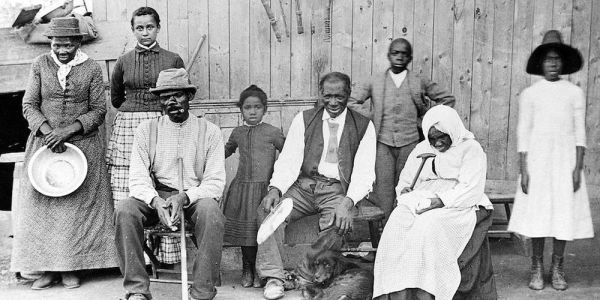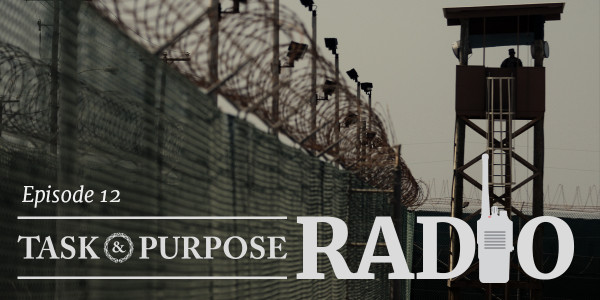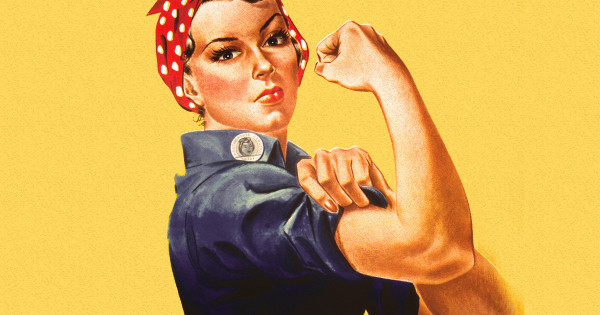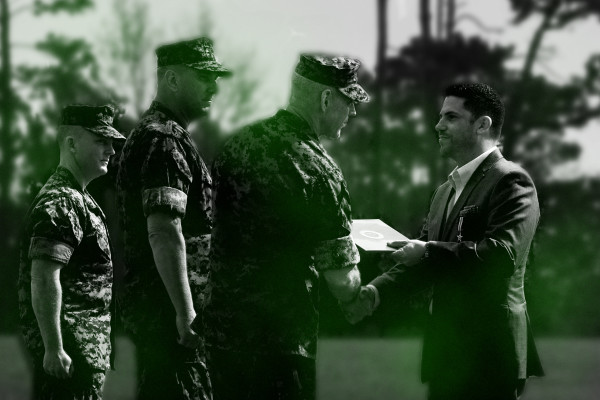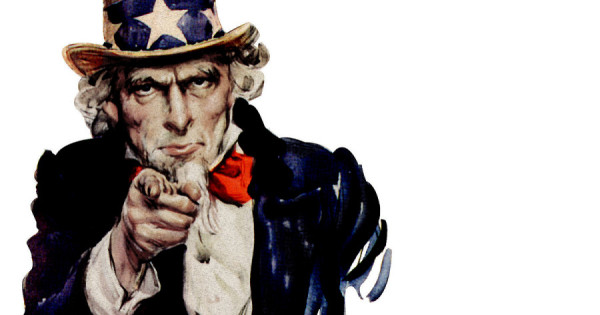One of the most iconic pictures of the Second World War depicts a swarm of barrage balloons floating above the small armada gathered on Normandy Beach — an image re-created in Hollywood films such as “Saving Private Ryan.”
But missing from most Hollywood films is the history of the men who braved enemy fire to set up those barrage balloons — mostly African Americans from the 320th Barrage Balloon Battalion. Their efforts, along with those of thousands of African Americans who served, were largely forgotten after the war.
That is, until now, thanks to impeccable research by Linda Hervieux in her new book, “Forgotten: The Untold Story of D-Day’s Black Heroes, at Home and at War.”
Forgotten introduces readers to our heroes during the Depression, which, though certainly a trying period for the Greatest Generation, was doubly so for the men who would form the 320th Battalion. Many hailed from the Jim Crow South, where sharecropping was little removed from slavery. Even the progressive North was no stranger to segregation.
As the nation edged closer to war in September 1940, President Franklin Roosevelt instituted what would then be the nation’s first peacetime draft. Only a few hundred men were inducted into the military in the months before Dec. 7, 1941. However, as the Allied war effort took a turn for the worse, given setbacks in Eastern Europe and the Pacific, the War Department recognized the need to press able-bodied men into service, including African Americans. By the end of 1942, the Army had added nearly 4.5 million new recruits, including 500,000 blacks.
Though blacks had fought and died in nearly every American war to that point, Pentagon leaders were hardly enthusiastic about allowing large numbers of African Americans into uniform. Some cited the poorly trained African-American troops of the First World War — a complaint that had an odd degree of truth, but because Army leaders forbade black recruits from carrying weapons during training. War Department studies also used pseudo-science to claim African Americans were incapable of military service. In a sequence of events that seems to precede every instance of social change in the military, the Army rigged tests to exclude African Americans from serving. Meanwhile, Army leaders, including the revered Gen. George Marshall, decried the use of the military as a means of “social experimentation.”
Against this backdrop, Hervieux follows the men of the 320th on their journey into history. Draftees and volunteers embarked on trains to Army training bases — invariably in the South to take advantage of the warmer climate for year-round training. As the trains crossed the Mason-Dixon Line, they stopped and blacks were forced to board separate cars from the white soldiers, usually the coal cars.
The men of the 320th arrived at the now-closed Camp Tyson in Tennessee, where they trained under the command of southern, white officers. At the time, the War Department actually believed believed southern officers knew best how to “handle” African Americans.
At Camp Tyson, the 320th encountered their weapon of choice: the barrage balloon. Though armies had employed balloons for over a century — Napoleon used one during his campaign in Egypt — they had been used strictly for observation until World War I, when massive German zeppelins dropped bombs over England.
The 320th’s balloons would be far smaller than a zeppelin, but no less deadly. Floated over ports and other sensitive areas, the barrage balloons carried a small but lethal explosive charge. Should low-flying enemy aircraft swoop in to strafe friendly troops, they risked being snagged by a tethering cable, which would detonate a small explosive charge. Barrage balloons were, in a very real sense, a nasty aerial improvised explosive device.
Training at Camp Tyson was arduous, with 0200 wake-up calls and 25-mile hikes. Black troops weren’t afforded the same opportunities to unwind as whites, so the men of the 320th spent plenty of time training. Indeed, many African-American soldiers were shocked to find German and Italian prisoners of war — 800 of whom were interned at the nearby Memphis Army depot — spent more time out on the town than they did. It was a scene oft repeated throughout the South.
After basic training and a tiring boat ride across the North Atlantic, black soldiers found themselves in Great Britain. The British government initially balked at the African Americans — not so much because of their aversion to skin color, but to Jim Crow laws. Hervieux writes that Jim Crow was “alien to way of life, and feared the reaction when the British public saw that black troops were assigned the dirty work of building airfields and digging ditches … they predicted, correctly, that Britons would take the side of the black GIs.”
Hervieux’s book ends on the beaches of Normandy, where the men of the 320th Barrage Balloon Battalion, along with African-American medics embedded with U.S. infantry units, slogged their way along Omaha Beach. They had no time to lose — although they had scattered throughout Omaha Beach during the battle, the men re-assembled in order to float their balloons by nightfall. As one private from Mississippi boasted, “If a Nazi bird nestles in my lines, he won’t nestle nowhere else.”
By dawn, the men had floated over a dozen balloons over the Allied fleet at Normandy. Barrage balloons forced German planes to fly higher, where they were easy prey for Allied anti-aircraft guns. Still, the men of the 320th were responsible at least three German aircraft kills, in addition to several more ensnared by the balloons’ mooring lines. Throughout the war, only one German airplane managed to slip underneath the blanket of barrage balloons.
According to Hervieux, one correspondent at Normandy captured the surprise of one of the white officers on Normandy beach, who marveled, “By God, those bastards are doing all right. I didn’t know they had it in them.” The correspondent forwarded his report to Eisenhower’s chief of staff, who affixed a note to his boss saying, “Please read this.”
Though several black units landed on Normandy Beach, none are captured in contemporary Hollywood films. Nor would a single African American receive the Medal of Honor during the war. Only in 1997, following an exhaustive study by the Defense Department and Shaw University a few years prior, did African Americans receive the credit they deserved when President Bill Clinton awarded the Medal of Honor to seven African-American soldiers. Until recently, the black heroes of D-Day were, as Linda Hervieux appropriately puts it, forgotten.
Hervieux’s book is a well-researched and fast-paced, fascinating read. From the segregated sections of Atlantic City to the grit and grime of Normandy Beach, this is an important chapter in the story of the Greatest Generation.
“Forgotten: The Untold Story of D-Day’s Black Heroes, at Home and at War” by Linda Hervieux is now available for purchase.
